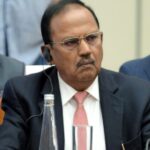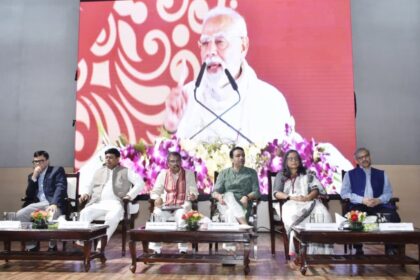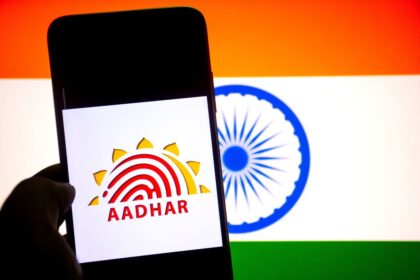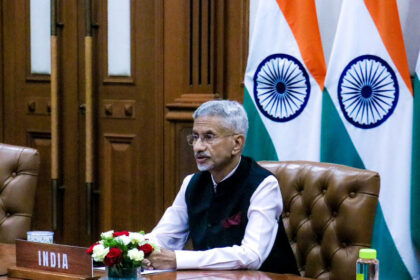The Emergency In India: A Historical Overview
The Emergency in India, declared on 25 June 1975 and lasting until 21 March 1977, was one of the most controversial periods in the nation’s history. It was proclaimed under Article 352 of the Constitution on the grounds of internal disturbance and had profound legal, political, and social implications.
Lead-Up to the Emergency
In the early 1970s, political unrest began to grow across the country. Opposition to the then government increased, especially in states like Bihar and Gujarat, where Jayaprakash Narayan led a series of protests. Issues like student-led agitations, unemployment, rising inflation and allegations of corruption fueled public dissatisfaction.
On 12 June 1975, the Allahabad High Court found then Prime Minister Indira Gandhi guilty of misusing government machinery in her 1971 Lok Sabha campaign. The court disqualified her for six years under the Representation of the People Act, 1951. This ruling was triggered by a petition from Raj Narain, a socialist leader who had contested against Ms. Gandhi in Rae Bareli.
The Supreme Court granted a conditional stay allowing her to continue as Prime Minister and attend Parliament, but prohibited her from voting. Political pressure mounted with public calls for her resignation.
Declaration of Emergency
On 25 June 1975, President Fakhruddin Ali Ahmed declared the Emergency under Article 352, citing threats of internal disturbance. The government released a press note accusing Jayaprakash Narayan and other opposition leaders of provoking unrest against police and the armed forces. This was India’s third Emergency after those declared during wars with China in 1962 and Pakistan in 1971. However, this was the first time an Emergency was declared in peacetime.
At the time, Article 352 permitted the President to proclaim an Emergency on three grounds — war, external aggression, or internal disturbance. The phrase “internal disturbance” was later amended to “armed rebellion” by the 44th Constitutional Amendment in 1978.
Legal Measures and Suspension of Rights
Following the proclamation, civil liberties were severely curtailed. On 27 June 1975, Articles 358 and 359 were invoked. Article 358 suspended protections under Article 19, stripping citizens of their freedoms of speech, expression, assembly and movement. Article 359 allowed the government to suspend the enforcement of fundamental rights under Articles 14, 21 and 22, which guaranteed equality, life and personal liberty, and protection against detention. Citizens could not approach courts for relief. Opposition figures such as Jayaprakash Narayan, Morarji Desai, Atal Bihari Vajpayee, and L.K. Advani were arrested under the Maintenance of Internal Security Act (MISA). The Shah Commission estimated that nearly 35,000 people were detained without trial.
Censorship and Media Control
Starting 26 June 1975, censorship was imposed on newspapers across India. Editors were required to submit articles and photographs to government-appointed censors before publication. On 5 July 1975, telex messages sent by foreign correspondents were also placed under strict scrutiny.
On 20 July 1975, the Board of Film Censors was reorganised under the Cinematograph Act to monitor cinema. On 1 February 1976, four major Indian news agencies — PTI, UNI, Samachar Bharati and Hindustan Samachar — were merged into a single entity named Samachar. The Press Council of India was abolished.
Legislative Changes
Parliament introduced several constitutional amendments during the Emergency, consolidating central powers. The 38th Amendment barred courts from questioning the President’s decision to declare an Emergency. The 39th Amendment placed elections of the Prime Minister and Speaker of the Lok Sabha outside the scope of judicial review. The 42nd Amendment increased central authority further, gave primacy to the Directive Principles over Fundamental Rights, prohibited judicial review of constitutional amendments and curtailed the powers of the Supreme Court and High Courts. It also extended the Lok Sabha and State Assemblies’ terms from five to six years.
Sterilisation Campaign
A controversial part of this period was a large-scale sterilisation drive for population control. Launched in 1975, this campaign led to 26.42 lakh sterilisation procedures in 1975–76. By 1976–77, the number rose to 81.32 lakh. Over two years, a total of 1.07 crore sterilisation operations were conducted. Several states tied access to basic amenities — food rations, housing, jobs, loans — to compliance with sterilisation requirements.
End of Emergency
The Emergency ended on 21 March 1977. Lok Sabha elections were held between 16 and 20 March 1977, resulting in the defeat of the Congress party and the formation of the Janata Party government on 24 March 1977. Following this, the Shah Commission of Inquiry was established in May 1977 to review the abuses that occurred during the Emergency. The 44th Constitutional Amendment of 1978 was subsequently enacted to restrict future abuse of Emergency provisions. It replaced “internal disturbance” with “armed rebellion” as the grounds for Emergency and restored checks and balances, including judicial review.
The Shah Commission
Chaired by Justice J.C. Shah, the Shah Commission investigated the Emergency’s impact. Its mandate was to probe actions between 25 June 1975 and 21 March 1977. The Commission examined misuse of power, arbitrary detentions, censorship, and sterilisation campaigns. It gathered testimonies and reviewed public records, submitting three reports between 1978 and 1979.
The findings revealed that as of 1 January 1975, Indian jails housed 2,20,146 prisoners despite a capacity of only 1,83,369, and over 1.26 lakh were under-trial detainees. Complaints about forced sterilisation numbered 548 for unmarried individuals; 1,774 deaths were reported as a result of these procedures. The Commission also noted that 25,962 public-sector employees were forcibly retired during the period, power supply to newspaper offices was disrupted, and court verdicts were censored. Media outlets were classified as “friendly,” “neutral,” or “hostile,” based on their editorial positions.
The Emergency from June 1975 to March 1977 left an indelible impact on India’s democratic, constitutional and administrative institutions. Fundamental rights were curtailed, preventive detentions soared, and public freedoms were suppressed. Wide-ranging constitutional amendments and a harsh sterilisation programme defined this period. After it ended, a dedicated inquiry examined the abuses committed, and reforms were put in place to prevent a recurrence of such an Emergency without proper checks and accountability.










